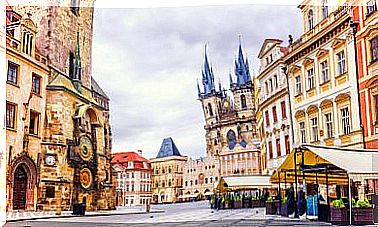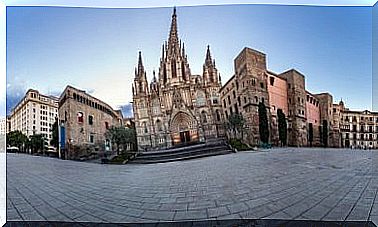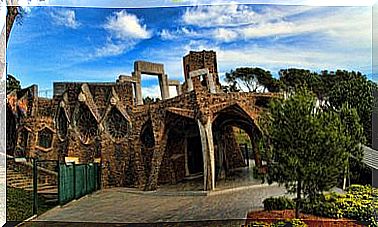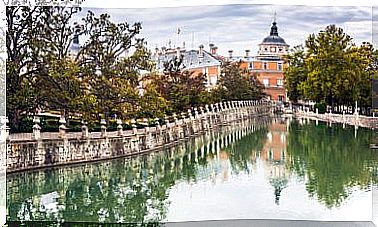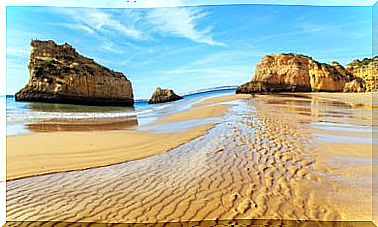Timbuktu: The City Of 333 Saints
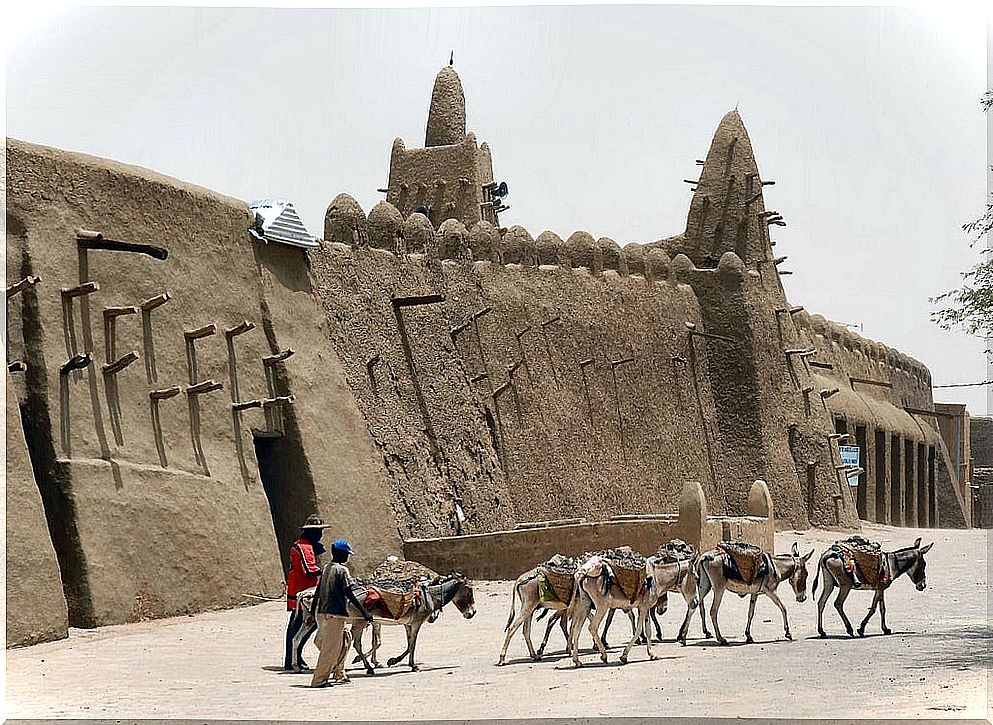
For much of history, Timbuktu has been a dream destination for European intellectuals. Many of them lost their lives trying to reach it. It is a city located in the middle of the desert, 7 kilometers from the Niger River, in the Republic of Mali (Africa).
Timbuktu is not a city that usually appears on tourist itineraries. Only its name seems to be taken from a story, it transmits mystery and magic. But, although it sounds like an imaginary city, it is not.
A city with an immense history
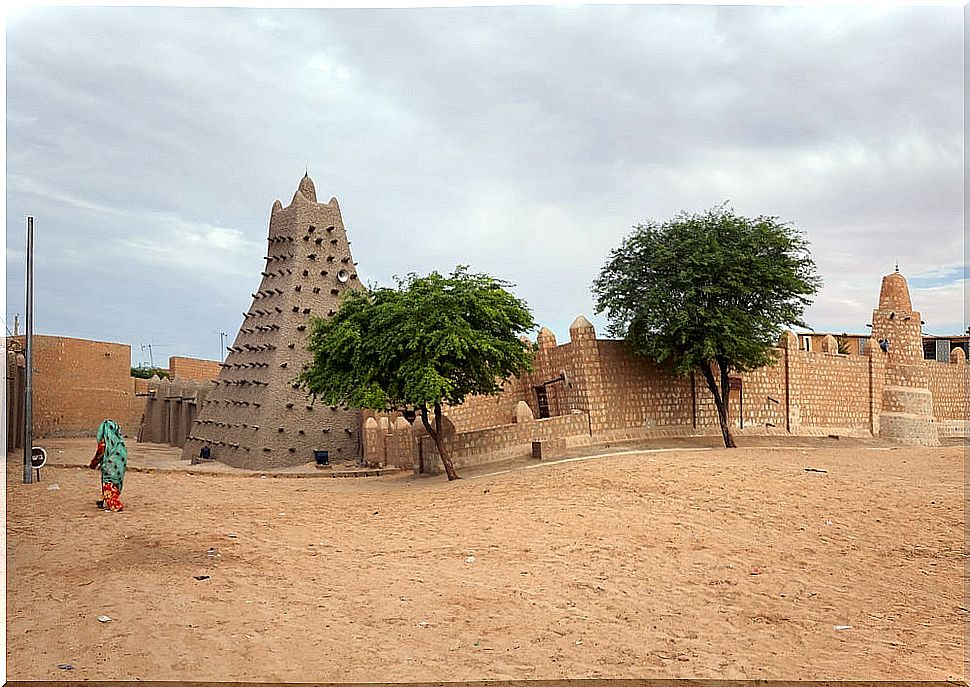
Timbuktu was founded in 1100 by the Tuareg as a trading post due to its proximity to Niger. As it was in a remote location and non-Muslims were not allowed in, mystery began to surround the city.
The mysterious name was heard in European circles. They referred to it as a city that housed the best libraries of the time. In fact, his library came to be compared to that of Alexandria.
Not only that, but his university became a true cultural and Islamic studies center that enjoyed great prestige. It is also believed that it was one of the first universities in the world to open its doors.
And Timbuktu not only stood out for its broad cultural and study scene, but also as a commercial focus. At that time (14th century) the Mali Empire controlled much of the trade routes between gold from the south and salt from the north.
The city of 333 saints
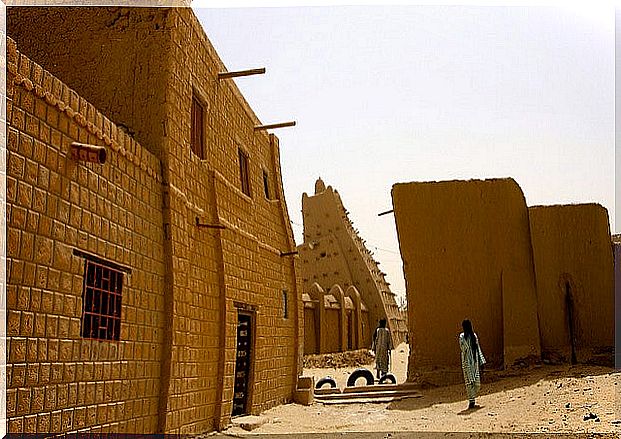
Being full of saints and scholars from all corners of the world, Timbutu enjoyed a great religious and spiritual life. Thus, in a short time it became one of the sacred cities of Islam and those who did not profess such religion were prohibited from entering.
To this was added its situation, between the Sahara of the nomadic Berber populations and West Africa. It was always a difficult place to reach. For this reason, the city was always covered with a halo of mystery. To such an extent that until 1863 Timbuktu appeared in English dictionaries as a place of tales and legends, distant and mysterious.
Many European intellectuals tried to reach this hard-to-reach city. Several British failed in their search for Timbuktu. Mungo Park and René Caillié stand out; the first, despite trying several times, never managed to reach Timbuktu and died in the attempt. The second he did get it on his third try.
What to visit in Timbuktu
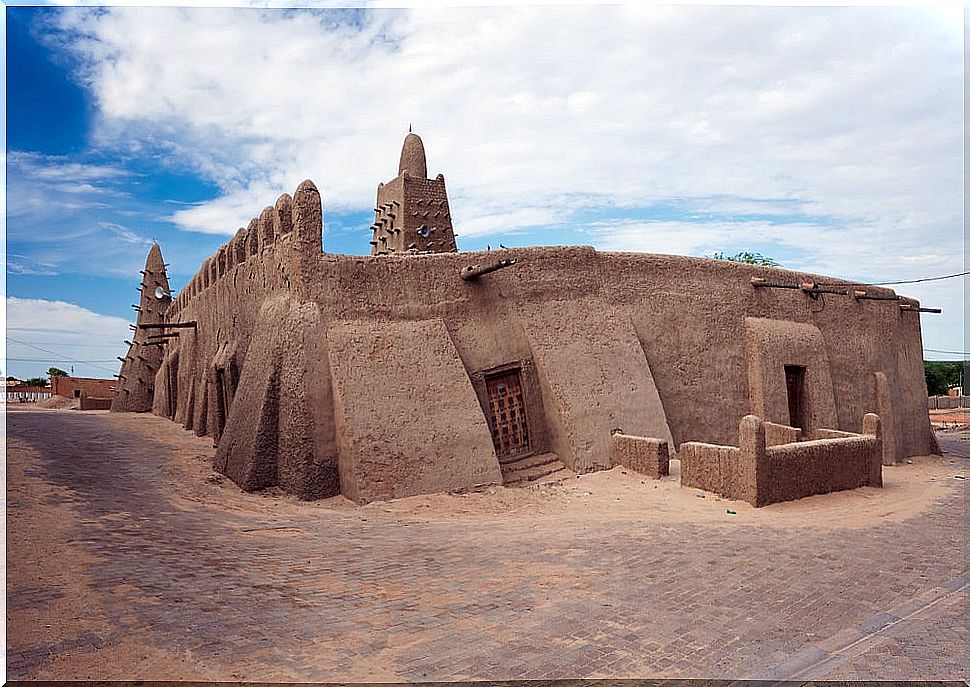
Djingareyber Mosque is a must-do stop if you visit Timbuktu. It was built in 1325 by the Granada architect Ishaq Es Saheli. It is the only mosque that non-Muslim visitors can enter. It was declared a World Heritage Site by Unesco in 1988.
Also noteworthy are the Buctú Palace, the Sankore Mosque and the Sidi Yahya Mosque, memories of the city’s golden age.
Timbuktu today
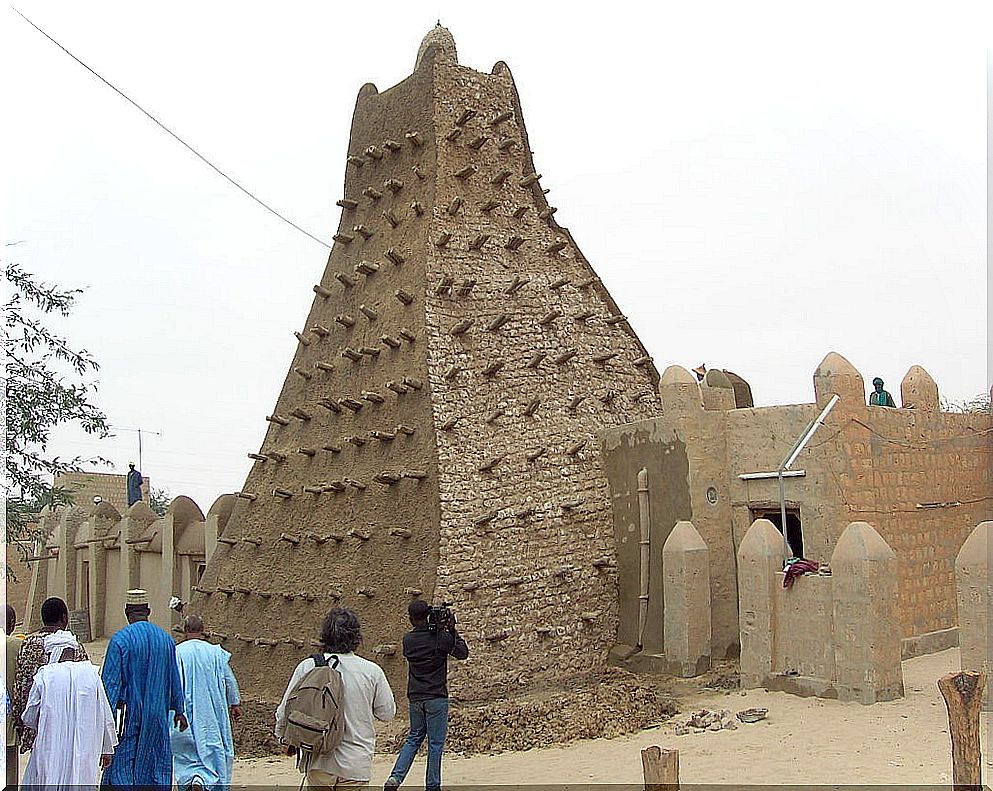
Today, the city’s university is known as Sankore University. Although it is very discredited, it continues to be a great focus of the spread of Islamic culture in Africa.
At present, due to the political and religious conflicts that exist in the area, visiting Timbuktu is not recommended. Unfortunately, terrorist groups destroyed many of the city’s temples and buildings a few years ago, considering them ungodly.
Although a peace agreement was signed in 2015, there are still occasional incidents and it is considered dangerous to visit the city. Therefore, even if it is an interesting destination still wrapped in that mysterious environment, the recommendation is to wait and leave the trip for some time when peace reigns in the area.
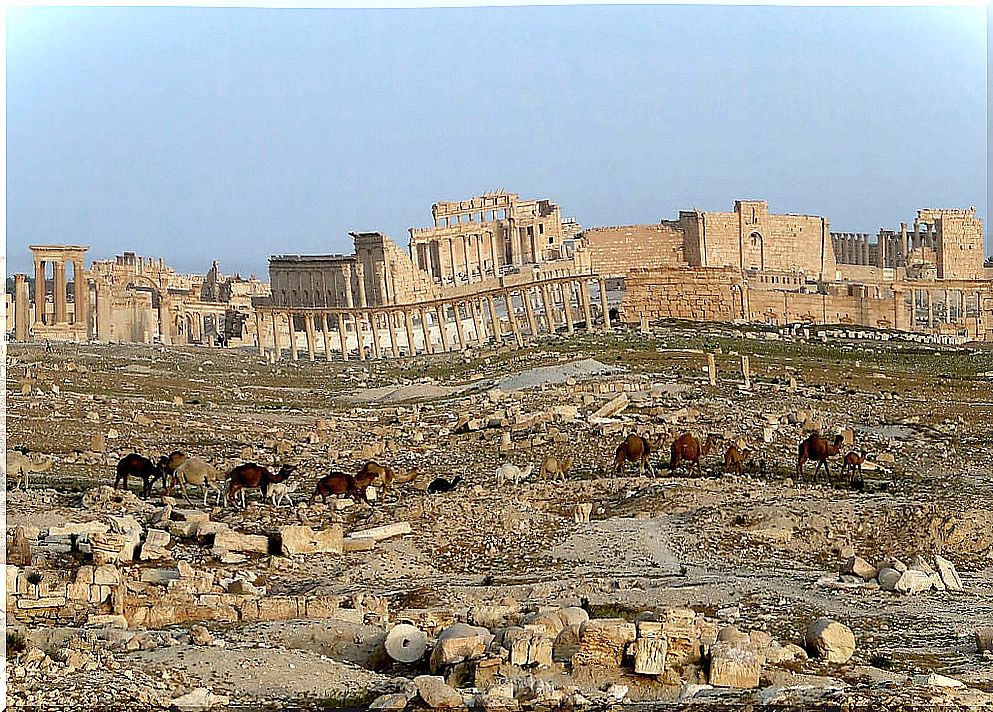
Main photography: Emilio Labrador / Flickr.com
